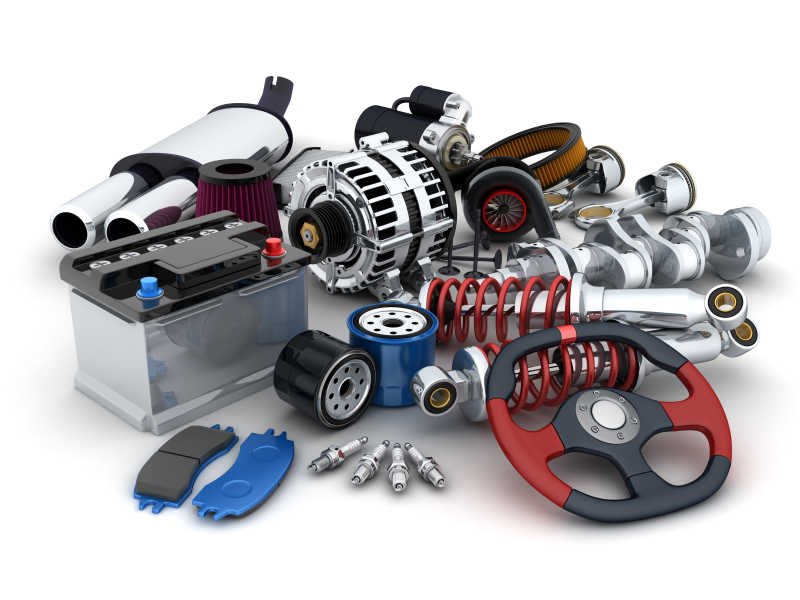An electric vehicle consists of an electric motor powered by a battery pack. The main advantage of electric vehicle components is that they have zero emissions and are environmentally friendly. They also do not consume any fossil fuels and therefore use sustainable forms of energy to power the car. The main components of an electric car are:
Traction battery pack
DC-DC converter
Electric motor
Power inverter
Charging port
Onboard Charger
Controller
Auxiliary Battery
Thermal System (Cooling)
Propagation
Traction Battery Pack
The traction battery pack is also known as the electric vehicle battery (EVB). It powers the electric motor of the electric vehicle. The battery acts as a power storage system. It stores energy in the form of DC current. The range will be higher as the kilowatts of the battery increase.
Battery life and operation depend on its design. The lifetime of a traction battery pack is estimated at 200,000 miles.
DC-DC Converter
Traction battery packs provide a constant voltage. The DC-DC converter distributes the output power from the batteries to the required level. It also provides the voltage needed to charge the auxiliary battery.
Electric Motors
The electric traction motor is the main component of an electric vehicle. The motor converts electrical energy into kinetic energy. This energy makes the wheels rotate.
The electric motor is the main component of an electric vehicle and it distinguishes an electric vehicle from a conventional vehicle. An important feature of the electric motor is the regenerative braking mechanism. This mechanism slows down the vehicle by converting its kinetic energy into another form and storing it for future use. There are basically two types of motors DC and AC motors.
Power Inverter
It converts the DC power from the battery to AC power. It also converts the AC current generated during regenerative braking into DC current. This is further used to charge the battery. The inverter can change the speed
Charging port
The charging port connects the electric vehicle to an external power source. It charges the battery pack. The charging port is sometimes located at the front or rear of the electric vehicle components.
On-board charger
The on-board charger is used to convert the AC power received from the charging port to DC power. The on-board charger is located and installed in the vehicle. It monitors various battery characteristics and controls the current flowing within the battery pack.
Controller
The power electronic controller determines the operation of the electric vehicle. It performs the regulation of electrical energy from the battery to the motor. The pedals set by the driver determine the speed of the vehicle and the frequency of voltage changes input to the motor. It also controls the torque generated.
Auxiliary Battery
The auxiliary battery is the source of electrical energy for electric vehicle accessories. In the absence of the main battery, the auxiliary battery will continue to charge the vehicle. It prevents the electrical system from being affected by the voltage drop generated during engine startup.
Thermal system (cooling)
The thermal management system is responsible for maintaining the operating temperature of the main electric vehicle (EV) components (e.g., motor, controller, etc.). It also functions during charging for optimal performance. It combines thermoelectric cooling, forced air cooling and liquid cooling.
Transmission
The transmission transfers mechanical power from the electric motor to the wheels. The advantage of electric vehicles is that they do not require a multi-gear transmission. Transmission efficiency should be high to avoid power loss.
